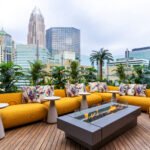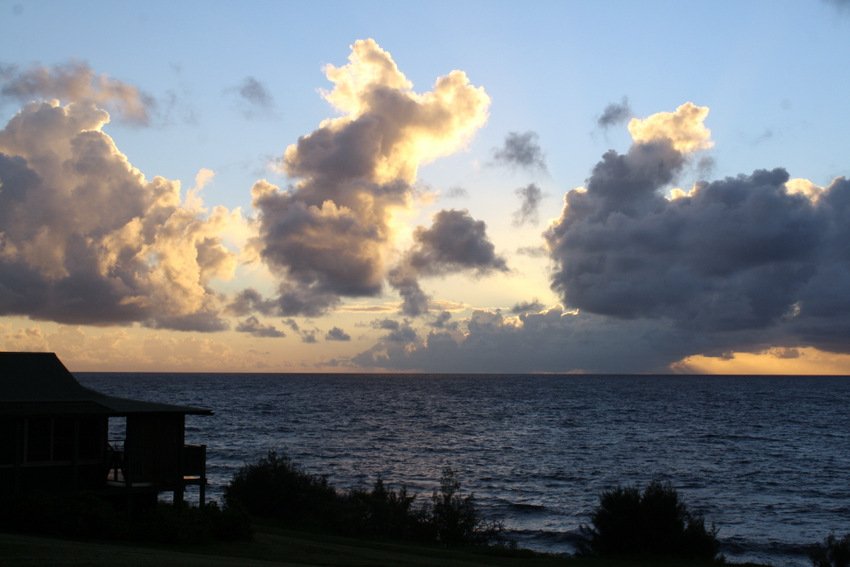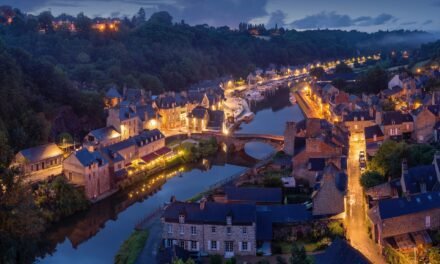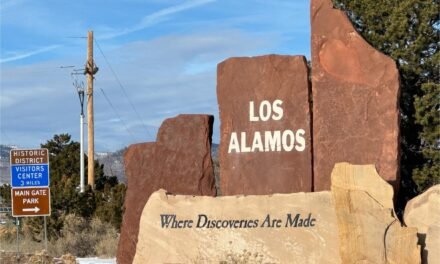
Hawaii on Hana Time

Much has been written about the well-traveled road to Hana and its waterfalls, tucked amid the Hawaiian jungle between twists, turns and one-lane bridges. A popular daytrip from bustling resort locations like Ka’anapali and Wailea, it’s a long day that works best when started early and finished late. But touring Hana in a hurry comes with limitations. Even at the frequently required 10-mile-per-hour-pace on Highway 360, the slow going isn’t slow enough to reap the rewards of Hana time.
Life isn’t different here. It’s Hawaiian. Families generations strong call it home. They fish with bamboo poles and throw nets. They have gardens and fruit trees. When their harvest is plentiful it doesn’t go to waste. Along Hana Highway and even the bumpiest of side streets, wobbly fruit stands dot front yards. Bananas, star fruit, lilikoi and avocados the size of soft balls are abundant. Drop a few dollars in the money box and your kitchen can be well stocked. The honor system is strong and thriving here.
Hana town is small. There’s one gas station, two churches and two small markets. The standing-room-only Bank of Hawaii branch is open Monday through Thursday 3 p.m to 4:30 p.m. Fridays you’ve got until 6 p.m. There are no traffic lights and no movie theater. Going to the movies was once a fun family affair. Locals tell stories of cramming into what is now the Hasegawa General Store. Arriving early increased the odds of getting a seat and popcorn. Look around when you stop in. You’ll spot movie house remnants like the crying room off to the side of the cash registers.
Though at first it might be easy to focus on the many things Hana doesn’t have, there’s that moment when something just clicks and you realize, that’s the whole point. What it boils down to: it’s what Hana’s missing that makes it the place it is. Sheer simplicity creates charm and culture remains strong to its beautiful coastal core.
Options are limited for travelers looking to stay a while. While there are vacation home rentals and a small handful of B&Bs, if you are searching for a resort-like atmosphere, the only place to find it is Travaasa Hana. Seventy guestrooms spread out among 70 lush, blooming acres means you could never meet your closest neighbors. (That said, if you are staying in one of the Sea Ranch Cottages near the horse grazing field, make it a point to meet your neighbors.) The guestrooms are designed to be pleasant escapes. People sit on their porch and watch the water or the horses, not television, because there aren’t televisions to watch. There are also no clocks and no Internet service in the rooms. It’s vacation. The kind that’s becoming increasingly harder and harder to find.
Travaasa provides the expected resort basics: a spa, pools, prime beach access and daily yoga with view. But that’s where the expected ends and what I’ll call living Hawaiian begins. Born and raised in Hana, Kepa Lind teaches the skill and patience required to catch dinner when throw net fishing. Holding a throw net correctly means practically wearing it, then almost gracefully throwing it so it lands in the waves in a circular shape. After many practice attempts on a grassy croquet field, I graduated to Hana Beach Park. Grass, I found is much more forgiving than sand and waves.
“That looks like Molokai,” said Lind as my throw settled in the surf.
With throws from other anglers in training being compared to Molokini, I considered my morning a success. Truth be told, I didn’t want to catch my lunch. I had a date at Pranee’s Authentic Thai food, just a short walk from the beach. Even from a thousand miles away, the thought of the Crispy Opaka with Green Mango Salad makes my mouth water.
Hana Beach Park is also home to an active outrigger canoe club. You can watch the experts at work, or launch on to the waves yourself.
“There is nothing graceful about canoeing,” said Travaasa Hana’s Mapuana Kalaniopio-Cook.
Which was good to hear, since graceful and I have little in common. Canoeing since she was a kid in Hana, she and rowing partner Jerry Ziemer have a knack for making your first outrigger canoe experience a calm one, even in choppy seas. The view of Hana from the bay looking back is worth getting wet. All canoeing commands are given in Hawaiian, so be ready to work your body and brain.
Rain is a daily given in Hana, so staying on land is no guarantee you’ll stay dry, but collecting blooms for lei-making lessons is fun even if dodging rain drops is required. If you’re hiking the Pīpīwai Trail in the Kīpahulu District of Haleakalā National Park you might not be able to tell if it’s raining. The massive bamboo forest towers so high, it’s hard to tell the time of day or feel raindrops. When you arrive at the base of 400-foot Waimoku Falls, rain won’t matter much either.
If you took your time on the curvy corners that lead to town, you soaked up the waterfall-laden stops along the Hana Highway. Now’s your chance to see the coast at a gentler speed, thanks to a different type of Mustang, no convertible top required.
“I’m living my screensaver,” said Peter Enriques.
Once in charge of marketing for the resort, he left his computer behind and now leads coastal horseback trail rides for guests from Travaasa Stables. A rider of any ability can and should set aside time to see Hana by horseback. These gentle guides know the way, so you can sit back, relax and enjoy the many shades of blue.
Long pants and closed-toe shoes are required, but don’t forget your camera. Peter’s happy to take credit for snapping the scenic shots that will make family and friends at home envious.
Dana was a guest of Travaasa Hana, but as always her thoughts and opinions are her own.




![Wickedly Good Halloween Cocktails [COCKTAIL TIME]](https://luxebeatmag.com/wp-content/uploads/2024/10/Diplomatico-Rum-Blood-Moon-Negroni-150x150.jpg)







































